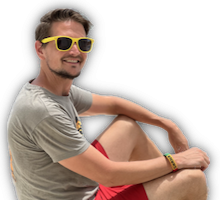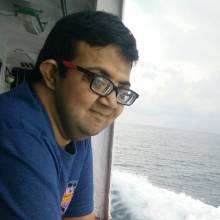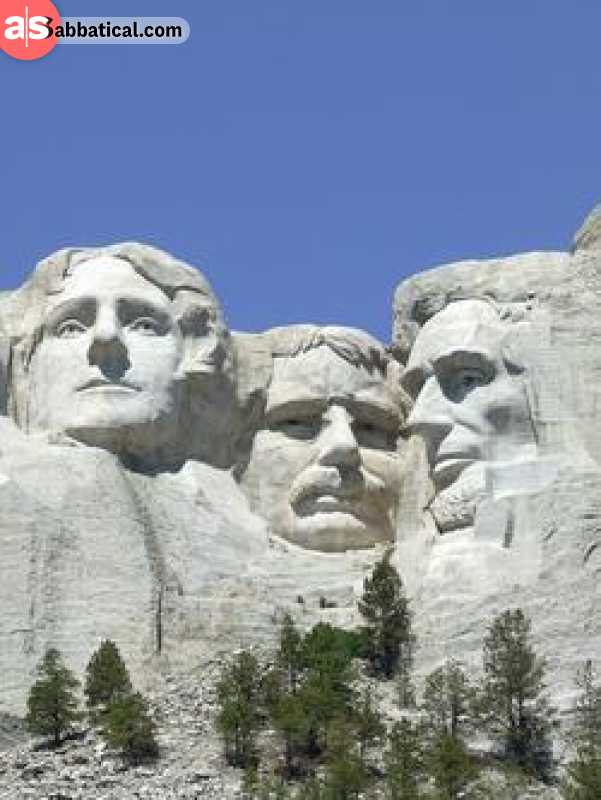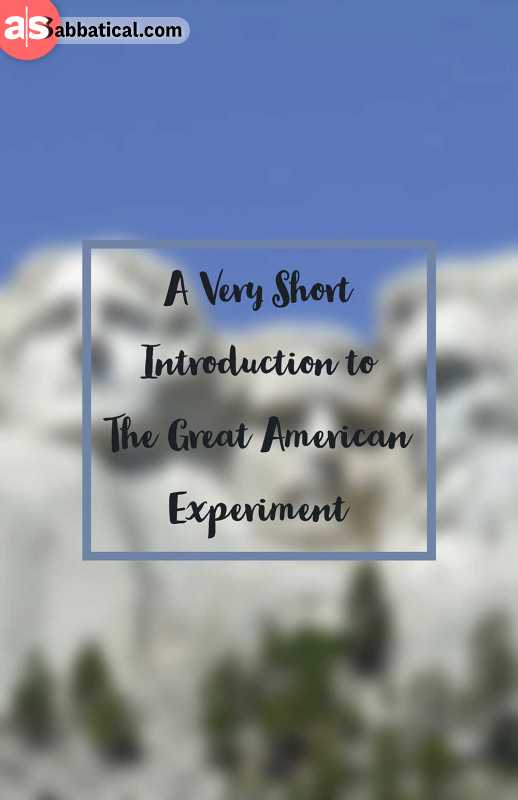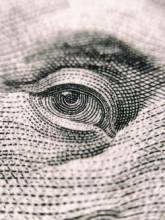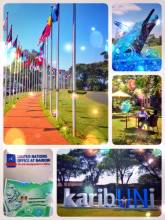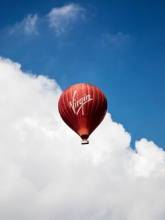A Very Short Introduction to The Great American Experiment
The American president has a lot of power, doesn't he? America influences all the countries and can take decisions on their behalf. But no, the US president can’t do as he pleases. That's where the great American experiment comes in.
After the American Revolution, the nation went through an experiment. The great American experiment is what they call it. The Founding Fathers made the President – head of the state – but they didn’t make him all-powerful. Instead, the system relied on divided powers. And Charles O. Jones writes about the US presidency and the president duties in his book.
The book – The American Presidency – introduces the readers to the US government system. Charles O. Jones is a political scholar working at the Miller Center of Public Affairs. He also is a part of the Governmental Studies Program at The Brookings Institution. His book gives a brief glimpse of what the president duties and responsibilities are and how it changed over the years.
Listen to the summary at Blinkist or listen to the book at Audible.
What is the American experiment?

America got its independence from the British monarchy in 1783. A group of men – the Founding Fathers – took up the task to draft a Constitution and the great American experiment started. Including people like Thomas Jefferson and George Washington, Founding Fathers created the rules by 1787.
They came up with a democratic system where the president will head the government. The implied powers of the president were like those of a monarch, a leader who takes the day-to-day decisions. And the president will also be the face of the nation.
But the president doesn’t have all the powers. Wary of the British system, the Founding Fathers divided the powers among the executive, legislative and judicial branches of the government. And the next playground for the experiment was the electoral system.
Read more: How Did the Founding Fathers Help Shape the American Nation?
There, however, stood a disagreement among the decision makers. One group wanted the power in the hand of the party which has the most number of representatives in Congress. The Federalists, on the other hand, wanted the president to be elected by people.
Thus, emerged the Electoral College. It’s an institution made up of ‘electors’. People choose these electors who in turn vote for the role of the President. If no presidential candidate gets the majority, Congress gets the opportunity.
Changes in the US election process
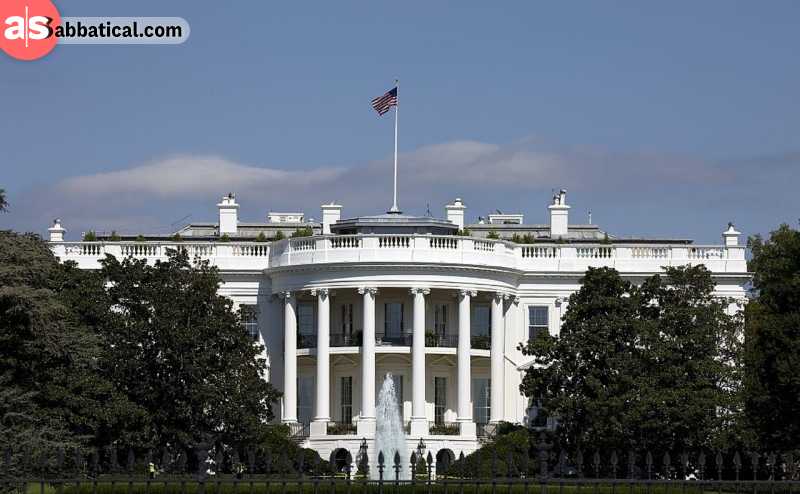
The great American experiment continued. Washington DC was decided as the nation’s capital in 1970. It became the home to the White House (then known as President’s House), the Capitol Building and the Supreme Court.
As per the rules, each branch would work independent of each other but can veto something they don’t like. The same thing continued. The election process, however, saw a few improvements over the years. One revision was in the selection process of the vice-president.
Read more: Go Beyond Culture and Understand Cultural Differences
Instead of selecting the runner-up as vice president, the 12th Amendment put up both – president and vice-president – for election. Another major development was in the nomination of the candidates.
Earlier, the Congress used to nominate them, and later, it became the duty of citizens. The US citizens were now, well-informed and started taking sides of their favorite political parties. The parties then sent delegates to decide for their presidential candidates.
The election process developed further, and in 1901, the US saw the first Presidential primary. The first one was held in Florida, and by 1920, 20 states started holding up Presidential primaries to decide the candidates for the main Presidential election.
The primaries are a way to know which candidates are favorite among the citizens, and not only among the delegates.
The evolution of the US presidency
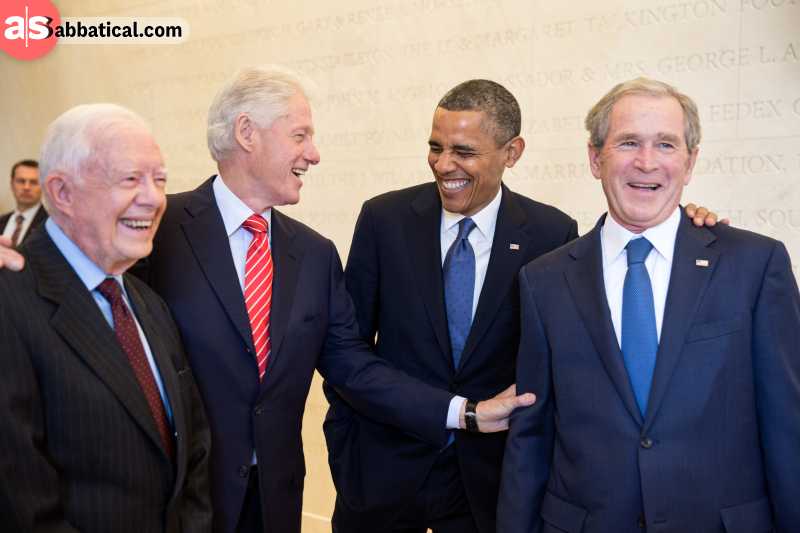
Carrying the duties of the president though, was difficult because of the veto and confirmation process in the system. Sometimes Congress didn’t like a decision about a proposed law, and on other times the judicial hands won’t approve it.
The great American experiment, however, continued with the President’s role too. The election process changed, the government policies changed and also, the rules lining the US president’s post. One of the prominent changes was putting a limit on the number of terms for someone to be in the president’s chair.
Read more: What is the Impact of Media on News?
The 22nd Amendment in 1947 limited it to two terms. It was needed to keep the executive branch under control. Without such limits, popular presidents like Bill Clinton and Barack Obama could have been there longer. The possibility of affecting government decisions in such a situation isn’t scarce. Don’t you think so?
Well, that was all about the features of the presidential system of government in the US. The US president isn’t someone with all the powers. In fact, no one in the US government can alter the world without combined support.
So, if you want a strong system, divide everything.
This was just an introduction to the great American experiment!
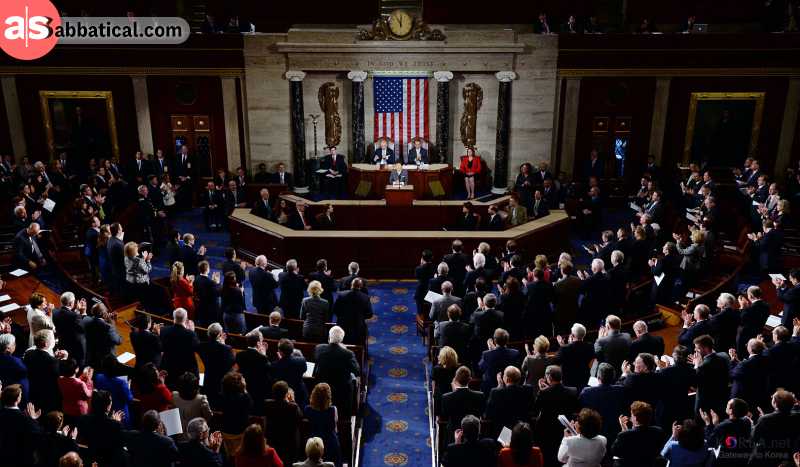
The process and the guidelines changed over the years, but the system of separated powers remains in the government. And whatever be the situation, the role of the US president is bound to be stable.
